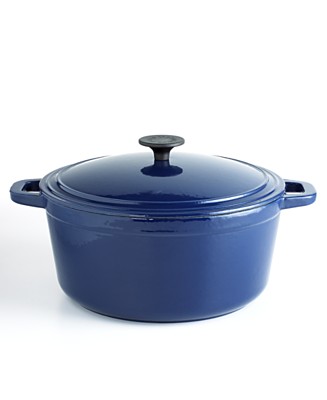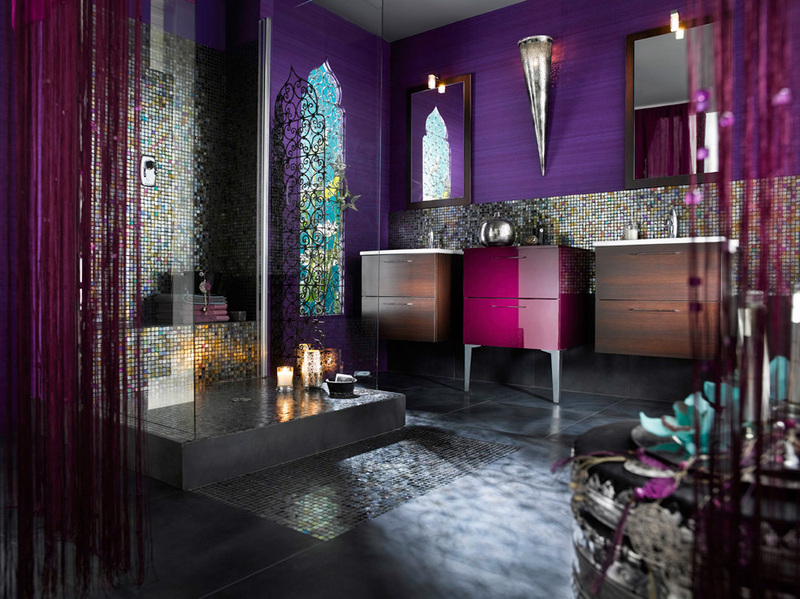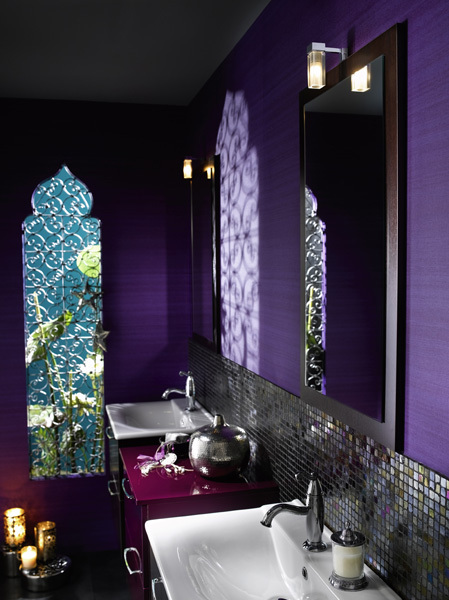Do you like the idea of spicing up your home decor, but just don't know where to start? Not sure exactly how that would fit in your current home decor?
Well, a good place to start is by asking yourself what sort of mood and landscape you are trying to create in that space. What sorts of colors, shapes, lighting, and fabric will inspire the feeling you are going for?
This was taken from http://www.themed-homedecor.com a website dedicated to themed home decor.
Colors
Colors in the Moroccan decorating theme are warm and noted for their repeated geometric designs (such as diamonds, circles, triangles and arches) throughout the home, both whimsical and symbolic to the unique essence of their culture. Bright, vibrant color is abundant in Moroccan decor, and is demonstrated in complex tile designs, rugs and ornate fabrics used to decorate walls, windows, doors and furniture.


At left, a Moroccan stained-glass window; at right, a bathroom displaying
common traits in this design, including tiles, plasterwork and arched geometry.
Blue is a fundamental color in Moroccan interior design, with heavy influences from the Atlantic and Mediterranean, making turquoise and sea blue popular choices for doorways, window frames and shutters.

A Moroccan home, displaying characteristic geometric tiling,
arched doorways, and blue undertones.
Columns, walls and stairways are often adorned with earthy oxblood and rust, emerald greens and soft pinks, influenced by nearby forests, jagged rocks and glowing sunsets capturing the dazzle of Morocco. Old wooden furniture painted in energetic reds, blues and yellows, also help set the unique mystical tone in the Moroccan decorating style.
Floors are often seen as rich terracotta tile, with umber (burnt reddish-brown) or olive-colored baby bricks. Carpets of vivid oranges, sunset reds, spring greens and muted mauves lend themselves to designs including flowers, palm trees and animals.
Doors on interior walls are popularly outlined in unusual shades of aubergine (dark purple), turquoise, mustard and crimson. Being masters of painted wood and plaster of paris surfaces, Moroccans ornately decorate with graceful trees, elaborate flower bouquets, and sinuous vines embellished on furniture and home structures.

Color cues in Moroccan decor.
For assistance selecting your Moroccan themed colors, try these free online tools, the color wheel calculator (from Sessions School of Design) and the color visualizer (from Sherwin Williams).
Furniture
Moroccan furniture has the distinct look of furniture covered in cowhide, goat skin and camel skin. Hassocks, bureaus, armoires, tea tables, chairs and opium tables are often made from Thuja trees, and their extraordinary beauty offer an explosion of grains and varying hues giving character and a certain mystery to any Moroccan theme.

A modern approach to Moroccan decorating in this living room, with leather and wood
furniture, hardwood floors, colorful cushions, plants and open window treatments.
Moroccans are known for their marquetry skills, or inlaid work of variously colored woods or other materials, offered in chess sets, tables and chairs. Over-stuffed sofas, piled with tiger skin and embroidered pillows, are often complemented with large leather ottomans, offering a cozy setting for family get-togethers, or simply alone to enjoy a good book.
Colorful Moroccan hand made tiles are used in many tabletops, fireplaces, and even chairs. Bright and colorful upholstery in reds, purples, emerald and gold along with bronze or brass finishes add to the richness of the interior.
Fabrics
Traditional Moroccan decor incorporates beading or embroidery on sophisticated silk brocades, linens, wools and velvet. Moroccan homes typically feature traditional country textiles for bedspreads, throws and pillows, with heavy white canvas curtains, upholstery, and floor dressings consisting of rough-textured wools and cottons.

Textiles for sale at an outdoor market in Morocco.
Colors typically used in Moroccan decorating fabrics are red, purple, gold and green, which balance well against the terracotta earth tones of floors and walls. For that final element of comfort, weaved cushions and leather pillows should be placed generously on sofas and chairs.
Plants
There are several options to choose from when considering plant life in your Moroccan decor. Among the many choices include: Thuja trees, dwarf palms, umbrella pines from Italy, litchi trees from China, mango trees from Florida, blossoming orange and lemon trees, rose bushes, mimosa, snapdragons, hollyhocks, bougainvillea, bamboo, agaves and cacti.
The Moroccan decorating motif is characterized by its splendor of color and ornate attention to detail. Adding a touch of Morocco to your home can be accomplished in a variety of ways, with a single fixture or an entire room filled with what the region has to offer.

Pottery exemplifying Moroccan design in shapes, colors and texture.
Moroccan pottery comes in many beautiful shades of yellow, green, white and black glazes, enhancing jars, carafes, pitchers, vases and perfume bottles. Large terracotta pots can be of pale yellow, green and blue, and set off by unconventional plants such as coral sunset geraniums surrounded by graceful ferns.
Below are some additional ideas to get you on your way.
-
Moroccan designed ceramics, pottery and tiles
-
Mosaic candleholders, lamps, dishes and bowls
-
Stained-glass tabletop and hanging candle lanterns
-
Camel saddles
-
Arabian night lanterns
-
Hand-woven baskets and mats
-
Eight-pointed star shaped picture and mirror frames
-
Olive jars
-
Mosaic tile fountain
-
Ostrich feathers
-
Animal skins and figurines
-
Inkstands
-
Oil lamps
-
Old wooden trunks and hand-painted boxes
-
Area Persian rugs overlapping and at different angles
-
Silver picture frames
-
Copperware
-
Silk tassels
Lighting
Moroccan decorating can be quite exotic when it comes to lighting. Vibrantly stained-glass Moroccan lanterns, oil lamps, or candles scented with sandalwood provide just the right touch in this motif, and can be used on outdoor patios, verandas, or anywhere else inside the home.
Throwing candlelit patterns through geometrically carved glass both complements the patterns in the room while also adding a level of complexity to the surrounding surfaces.
Beautifully colored glass panes enhanced by brass or wrought-iron frames, either in plain and simple lines, or intricately ornate decor, project a particularly warm and eccentric glow over the room.
(From http://www.themed-homedecor.com/Moroccan-Decorating.html a decor site focused on themed home decor)
 I love to make savory stews and tagine dishes, and I make them often. They are comforting, and soothing, on a cold winter's day. We've been having so much snow in New York. Snow storm after snow storm.
I love to make savory stews and tagine dishes, and I make them often. They are comforting, and soothing, on a cold winter's day. We've been having so much snow in New York. Snow storm after snow storm.




















































